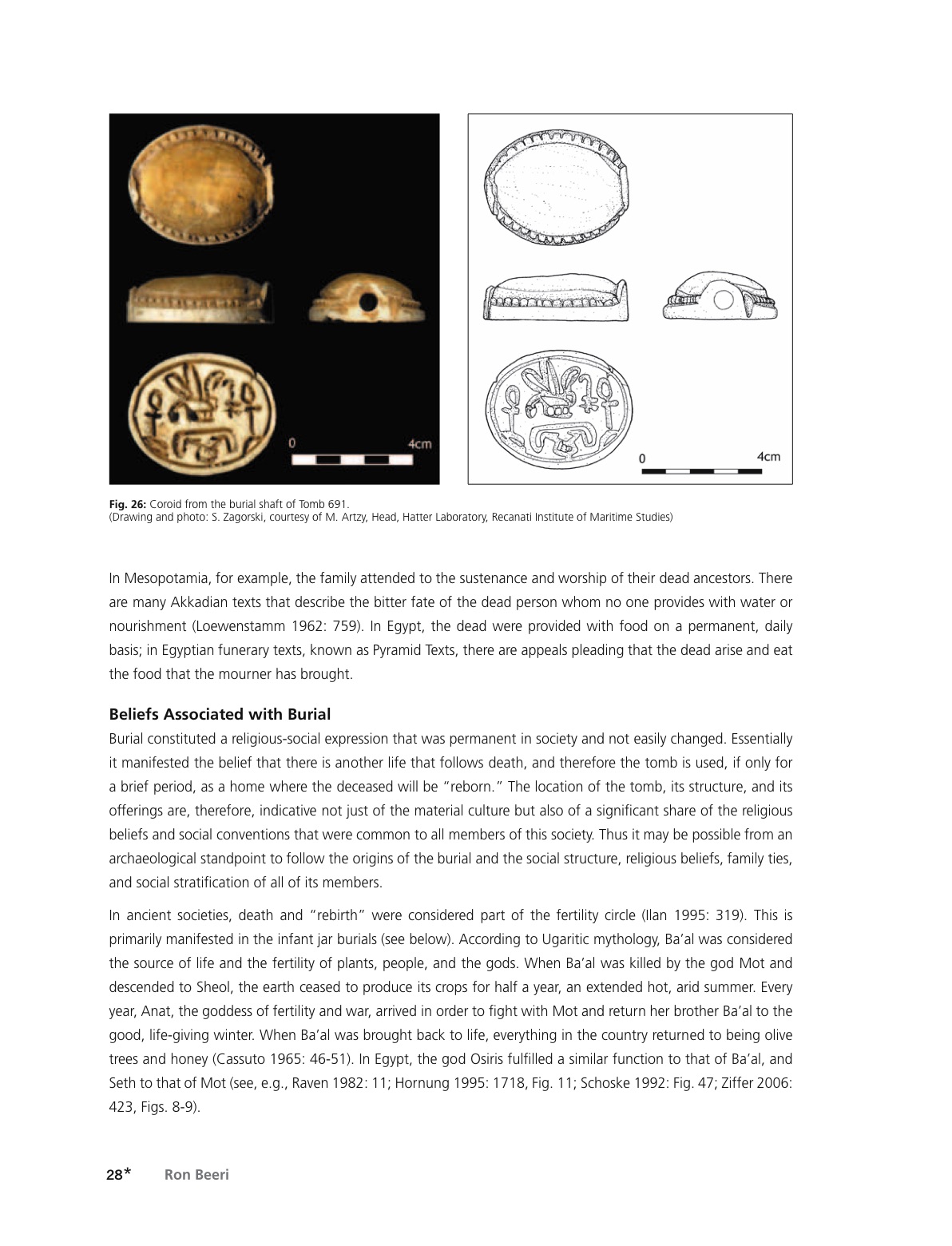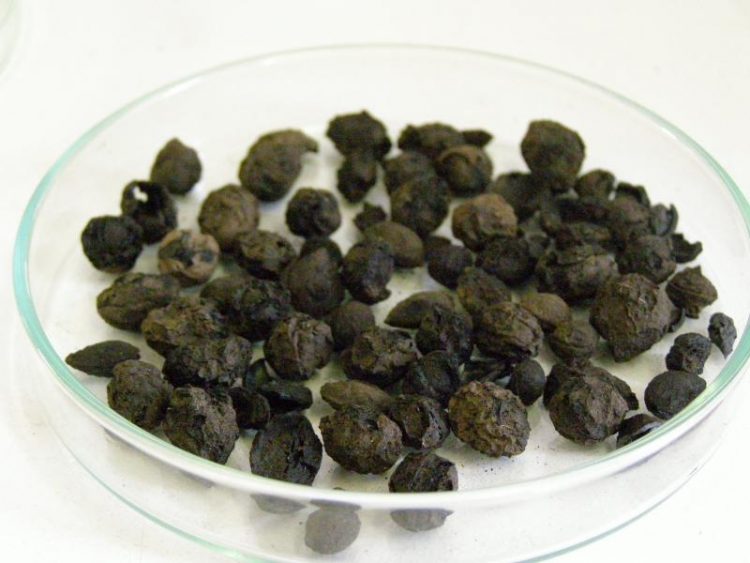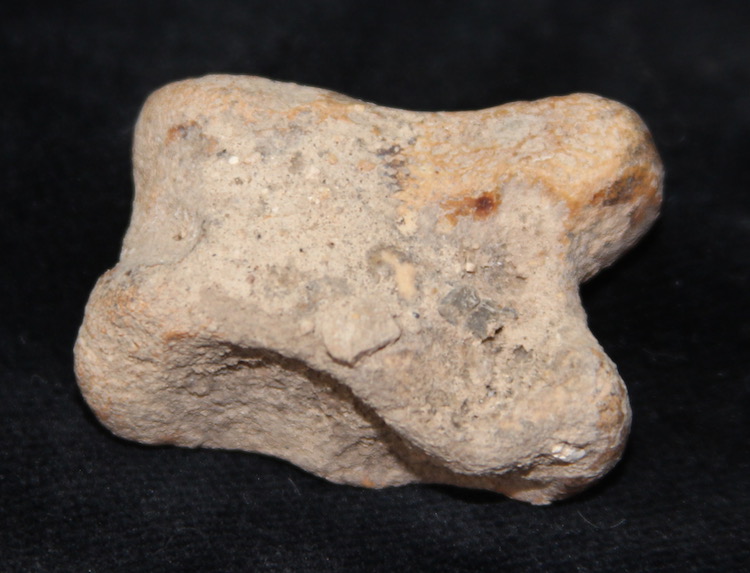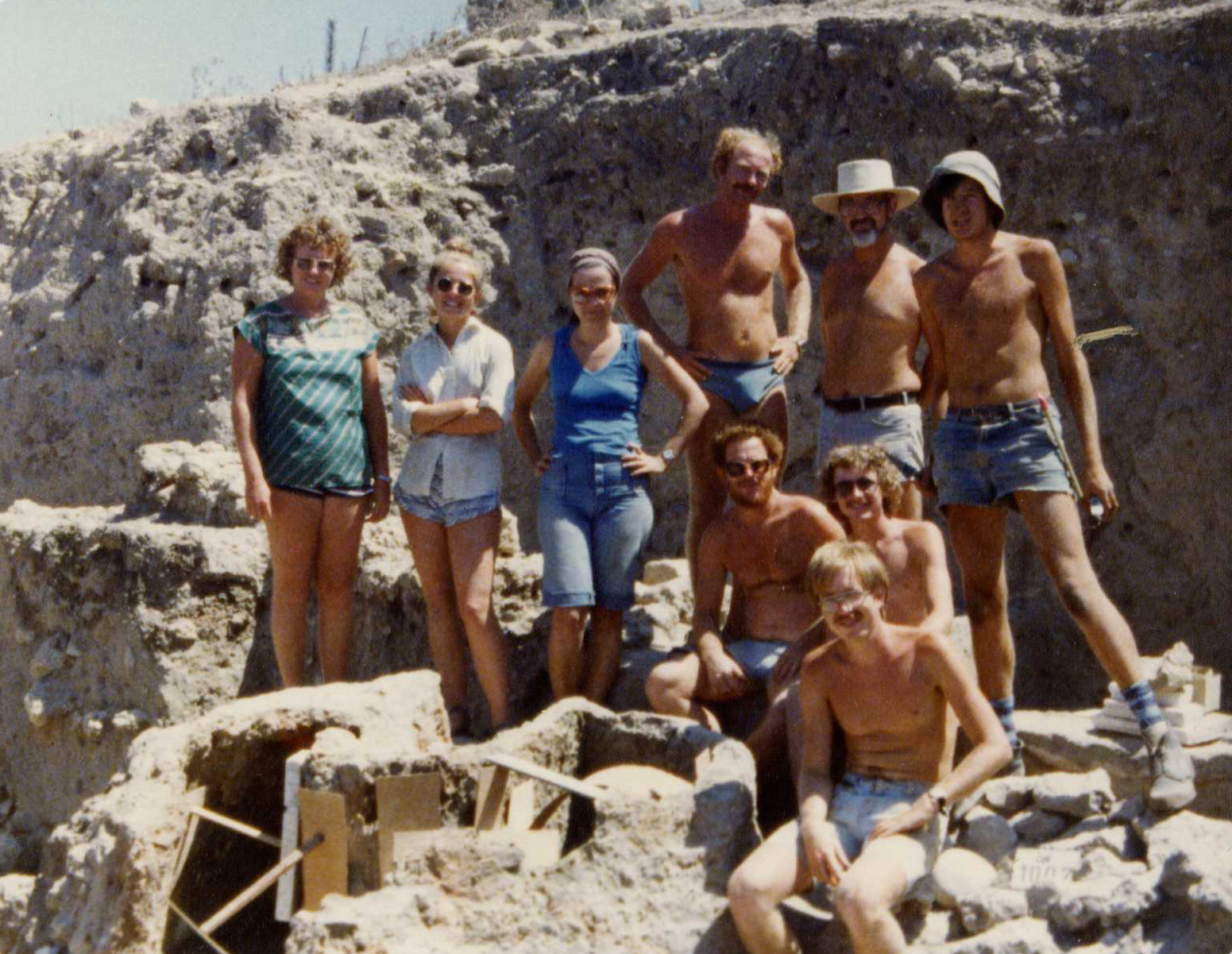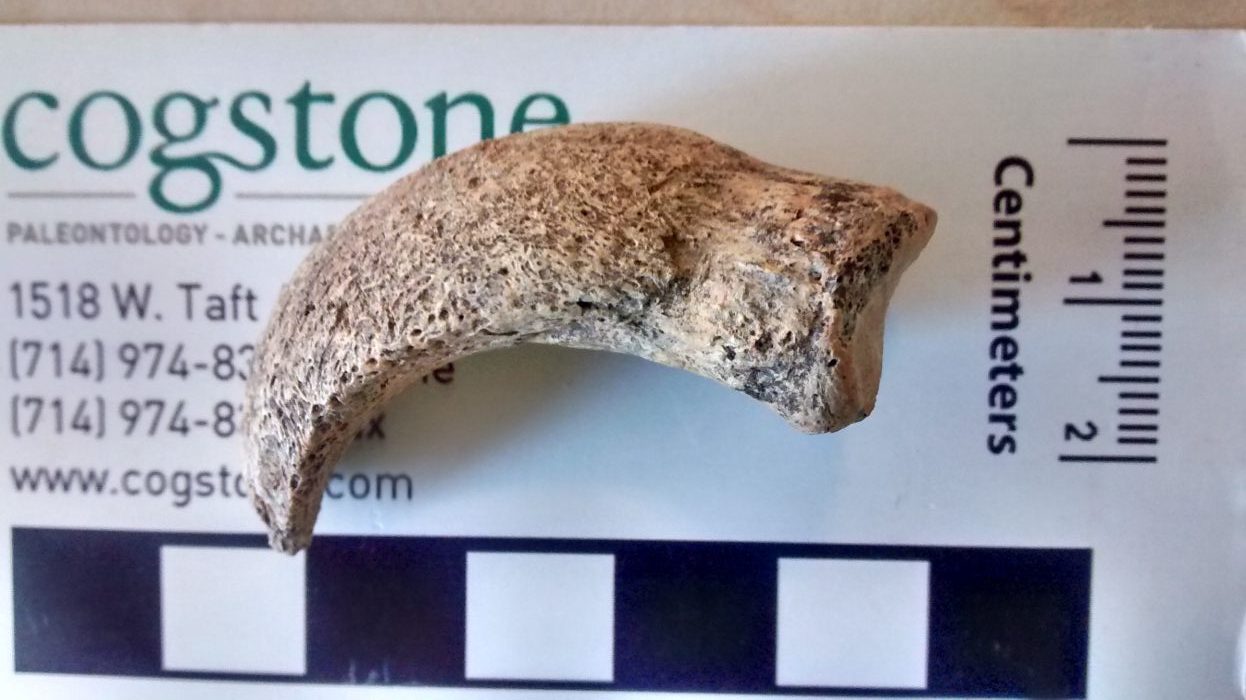Community Archaeology, Outreach, and the Old City
Community Archaeology, Outreach, and the Old City
By Elena Sesma (Anthropology, UMass Amherst) and Evan Taylor (Anthropology, UMass Amherst)
Community archaeology is a spectrum of engagement and collaboration with local people who live at, in, and around a research site. Here at the Tel Akko project, the community archaeology and outreach program brings together local teens and field school students to work towards understanding contemporary life, heritage, and material culture in this unique place. Over two weeks, we learned the importance of conservation in a coastal city built in vulnerable sandstone through workshops with local conservator and stone mason Saleem Amer; we talked about the cultural and heritage values placed in this uniquely diverse and beautiful city through tours led by local residents, professional archaeologists, and conservationists; and we studied the ancient and recent past of Akko/’Akka through archaeology and conversations with people who study and live in this place. These varied activities exemplify what it means to do community archaeology today: learning with and from local or descendant communities, and contributing to a common goal, in this case sharing the stories of life in Akko/’Akka in the past and present.
Over the past few years, the community outreach program has integrated Photovoice into its basic structure. Photovoice is a method used by many anthropologists to highlight local understandings of place through photography and storytelling. Some use it as a research method, but in our case Photovoice is a tool for cultivating relationships between local communities and the archaeological project. The basic idea is to enable participants to share their own perspective on a place or on a special topic by giving them cameras to document how they see the world around them, sometimes with prompts and sometimes with little instruction. In this case, participants in our Photovoice tour had the following prompts: “This place is important to me”; “I want to know more about this place”; “I would take a visitor to this place”; “I would change something about this place”. Many of the photos from this tour correspond with these prompts, while others were produced for different reasons. Ultimately all photos were taken because the participant wanted to share their experience, knowledge, or curiosity about something.
This year, we expanded the Photovoice exercise into a digital map that can be saved and shared more widely than within our group alone. Using Google Tour Builder, we have compiled the photos and stories from our tour and placed them on a map of Akko/’Akka. Anyone with the link can take a tour of the city through the eyes of those who live here (our teen participants) and those who have come to know it in recent weeks (our American field school students). These photos, stories, and occasional audio recordings help to populate the city’s map for people who might not be familiar with the landscape. The tour is also valuable for residents and frequent visitors to the city who want to see their local values and histories represented through familiar eyes and with familiar narratives. Tour Builder is a flexible platform that will allow us to add more content to the map as the program develops in future seasons.
An especially neat feature of this exercise was the overlapping stories that began to emerge as we toured the Old City. Often a participant would lead us to one site for a particular reason, and when we arrived we found out that this same location represented another unique story or memory to another person. The digital tour does its best to represent the many layers of memory and value that our participants attached to each site. The sites included in this tour range from family homes, to favorite bakeries, to religious sites, to the excavation site on the Tel. We invite you to take a tour of Akko/’Akka and see what makes this city so meaningful to those who call it home for a lifetime or for the summer.
Explore these sights and sounds at the Google Tour Builder site here.
Note: All photos are shared with permission from their creators.


